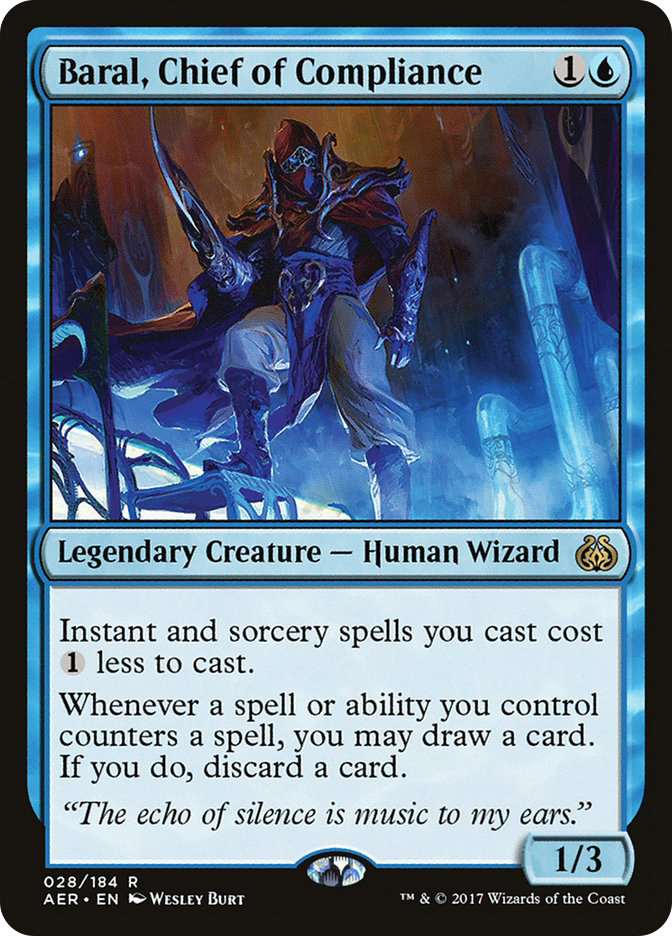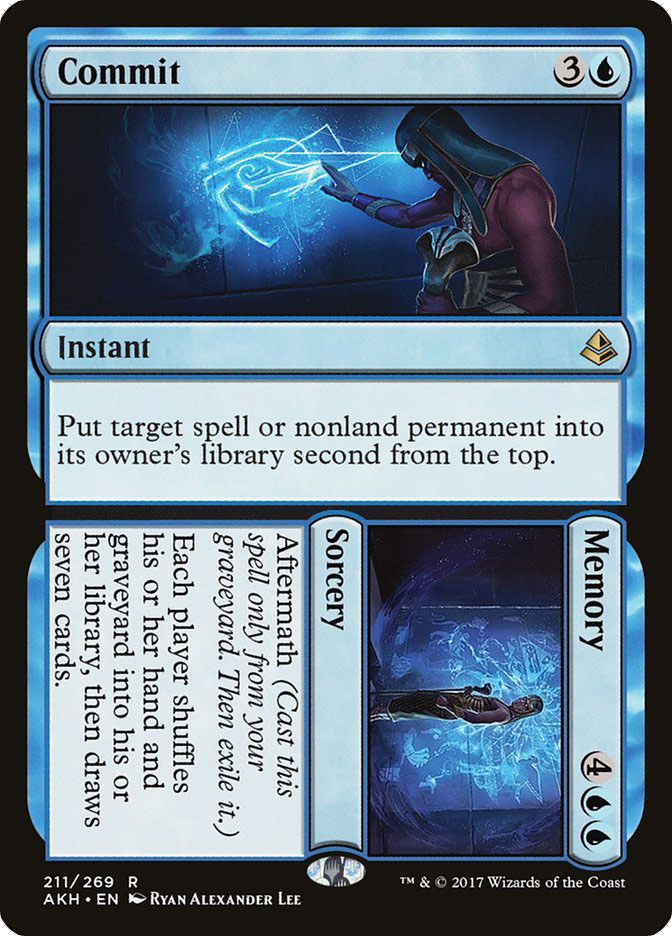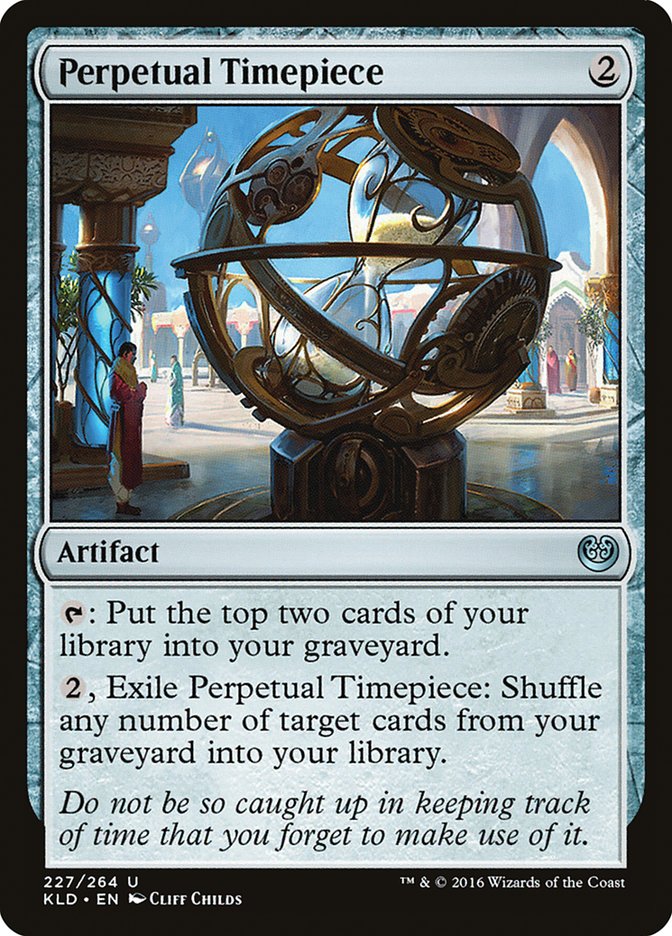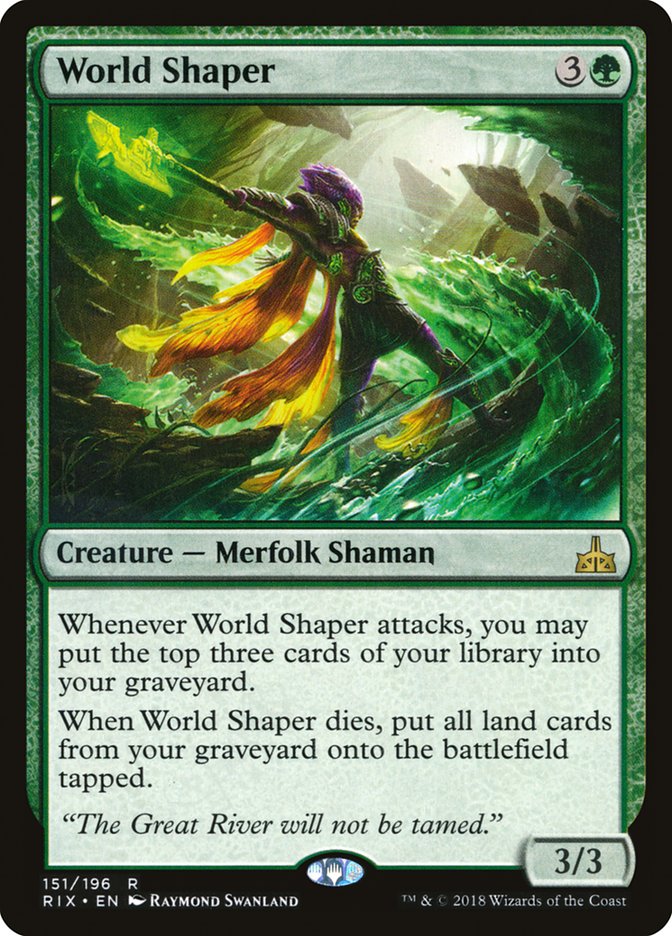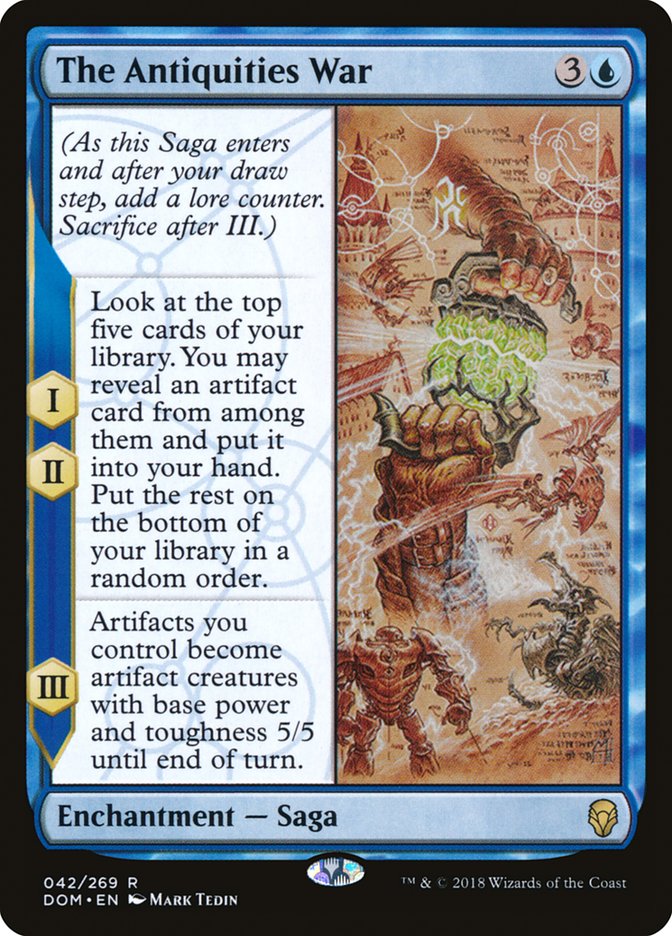Standard is starting to take shape again as the first tournament results
roll in and we get a better sense of what people are playing. In the first
week, we’ve seen U/W Control beat up a field of creature decks, which makes
perfect sense; if level zero is to look at all these sweet new creatures,
level one is killing all the creatures.
We’ve seen some adjustments to account for this in the creature decks.
Suddenly, Heart of Kiran is seeing a lot of play again, as it’s the best
aggressive threat against Seal Away and Fumigate. The next step, I imagine,
will be an adjustment in control decks.
The reason I expect an adjustment in control decks is because I expect the
threats to warp around U/W Control’s answer suite, and I think that it
should be easy to attack U/W if you can invalidate their creature removal.
My current project is finding the best way to do this with The Mirari
Conjecture, a card I really fell in love with this past weekend at #GPCOL.
In Limited, what I’ve been doing with it is getting back any instant and
Grow from the Ashes, then kicking Grow from the Ashes on step three, then
casting Nature’s Spiral to return The Mirari Conjecture and something else.
Then you get to loop The Mirari Conjecture and Nature’s Spiral with plenty
of mana, getting back an instant and another permanent each iteration.
Each iteration takes several turns, but the idea here is just to have a
finisher in a control deck that most decks have few or no answers to, and
returning and double casting removal spells makes it very easy to extend
the game.
The question is what the best shell around this combo is.
Creatures (5)
Lands (25)
Spells (30)

This deck asks whether we need another color for removal. Blue and green
have very few options but Commit/Memory and Blink of an Eye function as
spot removal, and Walking Ballista is a great mana sink once we’ve gotten a
ton of mana with Grow from the Ashes.
Baral, Chief of Compliance is great in this deck, which is full of spells
for him to make cheaper and counterspells to trigger the loot ability. This
deck is built to prey on other control decks, and Baral and Grow from the
Ashes providing a mana advantage so that you can win counter wars to
protect your engine is a central to that plan.
Commit/Memory is more than just the only removal spell available to us; it
also counts as both an instant and a sorcery in the graveyard, so The
Mirari Conjecture can return it on stage one or stage two, which helps us
get away with a low sorcery count without missing a stage of card
advantage. Also, typically, if you don’t have a sorcery in your graveyard
when you cast The Mirari Conjecture, you won’t be able to get one back
because you won’t have a chance to cast one before the beginning of your
next main phase; but with Commit/Memory, you can cast it during your next
upkeep so that you have a sorcery in your graveyard when stage two
resolves.
Disallow fills an important role here in protecting your graveyard from
Scavenger Grounds, since you’re bad at winning if your opponent exiles your
Nature’s Spiral in game 1.
Overall, I suspect this deck is a little precarious and soft to aggressive
decks, but I think that’s an argument for adding a color rather than
abandoning the deck.
Creatures (9)
Planeswalkers (1)
Lands (25)
Spells (25)

This deck uses Search for Azcanta, Perpetual Timepiece, and Champion of
Wits to help load its graveyard for World Shaper, The Mirari Conjecture,
The Mending of Dominaria, and Muldrotha, the Gravetide. This deck uses and
reuses removal to extend the game until it can generate an explosive mana
advantage with Grow from the Ashes, World Shaper, or The Mending of
Dominaria, and then uses Champion of Wits, The Mirari Conjecture, The
Scarab God, and Muldrotha, the Gravetide to use that mana advantage to take
over the game.
This deck is arguably weaker against graveyard hate because it’s doing more
with its graveyard, but the higher threat density makes it a little less
vulnerable, and Perpetual Timepiece actually works as an additional
countermeasure, as it can both reload the graveyard quickly, and
critically, if an important card is going to be exiled, Perpetual Timepiece
can exile itself to save that card by shuffling it back into your library.
The mana in this deck is interesting. Grow from the Ashes demands a lot of
basic lands, which means this deck isn’t playing the Kaladesh
fastlands, and instead just uses a few Dominaria check lands,
which will almost always enter the battlefield untapped, and Evovling Wilds
and Fetid Pools, which help set up the graveyard for World Shaper.
It’s worth noting that Nature’s Spiral isn’t the only way to loop The
Mirari Conjecture. You could instead use Blink of an Eye or another bounce
spell to return it to your hand before stage three resolves. Unfortunately,
because it puts itself in the graveyard as part of the resolution of stage
three, you won’t be able to save it and copy Blink of an Eye, but you can
save The Mirari Conjecture for another loop and double the other spells you
cast that turn. While Nature’s Spiral allows you to return whatever instant
you want each loop, Blink of an Eye allows you to return whatever sorcery
you want instead. This means you want to build your deck differently,
because you’ll want a wider variety of utility sorceries, and it also means
you don’t have to play green.
Creatures (2)
Lands (26)
Spells (32)
- 1 Duress
- 2 Gilded Lotus
- 1 Divination
- 4 Essence Scatter
- 3 Glimmer of Genius
- 4 Disallow
- 1 Never
- 2 Commit
- 1 Bontu's Last Reckoning
- 2 Doomfall
- 3 Vraska's Contempt
- 2 Search for Azcanta
- 2 Moment of Craving
- 2 Blink of an Eye
- 2 The Mirari Conjecture
Sideboard

There’s a difficult tension here in filling the deck with productive
sorceries, while still building the kind of control deck that generally
wants to operate at instant speed. Again, Commit/Memory is doing heavy
lifting here, as an Instant that you can return with the return a sorcery
stage of The Mirari Conjecture.
The Mirari Conjecture isn’t the only blue saga that allows us to win the
game while minimizing our reliance on creatures. Another option is The
Antiquities War:
Creatures (4)
Lands (24)
Spells (32)

Be careful in stage three of The Antiquities War not to lose too badly to
Settle the Wreckage.
This deck plays twenty artifacts, meaning each trigger of The Antiquities
War is almost 88% to find an artifact, and Hidden Stockpile and Treasure
Map mean that we might have extra artifact tokens in play when stage three
resolves.
My thinking in deckbuilding was just to play a shell of playable artifacts
in a control deck supported by removal and The Antiquities War. Again, the
driving principle is to punish opponents for overloading on creature
removal.
We could also consider that a control deck may not have to be blue. If
white is the best color against aggressive decks and black is the best
color against control decks (a hypothesis inspired by the combination of
Duress and Arguel’s Blood Fast), maybe combining the two of them offers all
the tools we need:
Creatures (4)
Lands (25)
Spells (31)

Renewed Faith and Orazca Relic are the perfect support cards for Lich’s
Mastery, as they’re fairly low-cost cards to include in your deck that are
explosive once Lich’s Mastery’s is on the battlefield. Fumigate, Vraska’s
Contempt, and Authority of the Councils are all also incredible with Lich’s
Mastery, and Approach the Second Sun immediately draws itself.
The hope here is that filling your deck with life gain and removal allows
you to beat aggressive decks, but despite having a lot of card advantage in
the main deck, I suspect this deck would struggle against blue decks in
game 1. The hope is that the sideboard completely reverses that, where
Duress and Lost Legacy allow this deck to force through a card advantage
engine that allows it to bury a controlling opponent.
With all these decks, I wonder if I’m underutilizing new tools; maybe it’s
crazy not to have Karn, Scion of Urza in the sideboard. Maybe I’m
disrespecting Karn and Teferi by not including two copies of Sorcerous
Spyglass in every sideboard. Maybe my curves or the balance of removal that
I’m playing is wrong for opposing aggressive decks.
Regardless of those things, I think the simple fact remains that U/W
Control is exploitable. Most of its spells and finishers are primarily
geared toward beating creatures, and this format allows you to sidestep
that kind of plan fairly easily.


